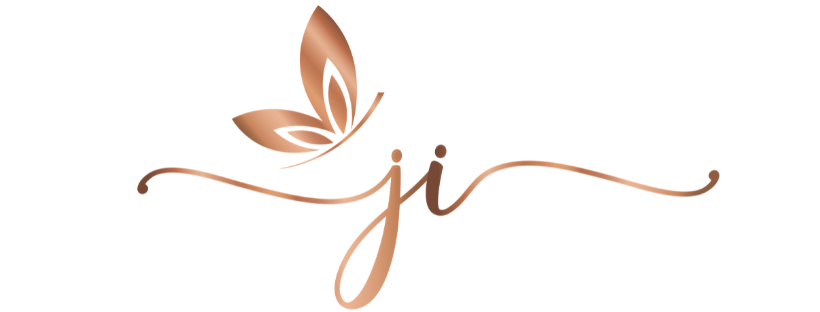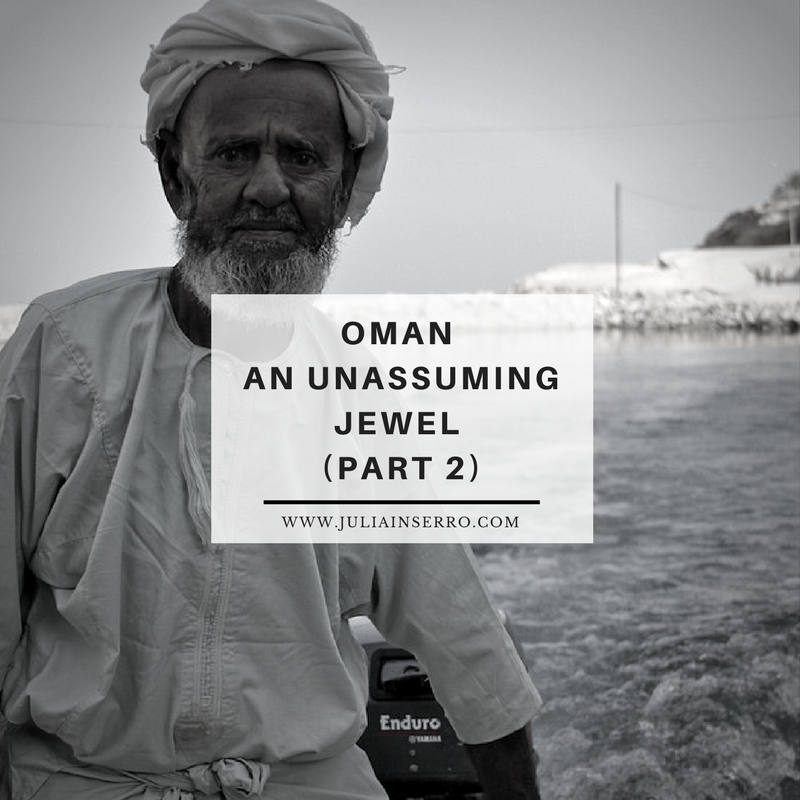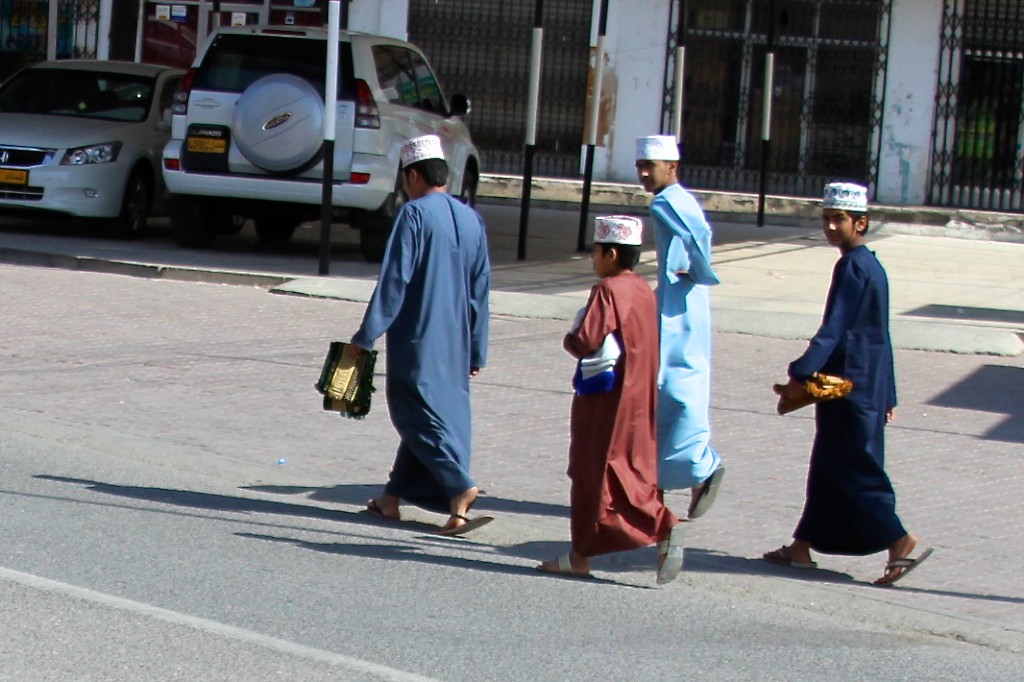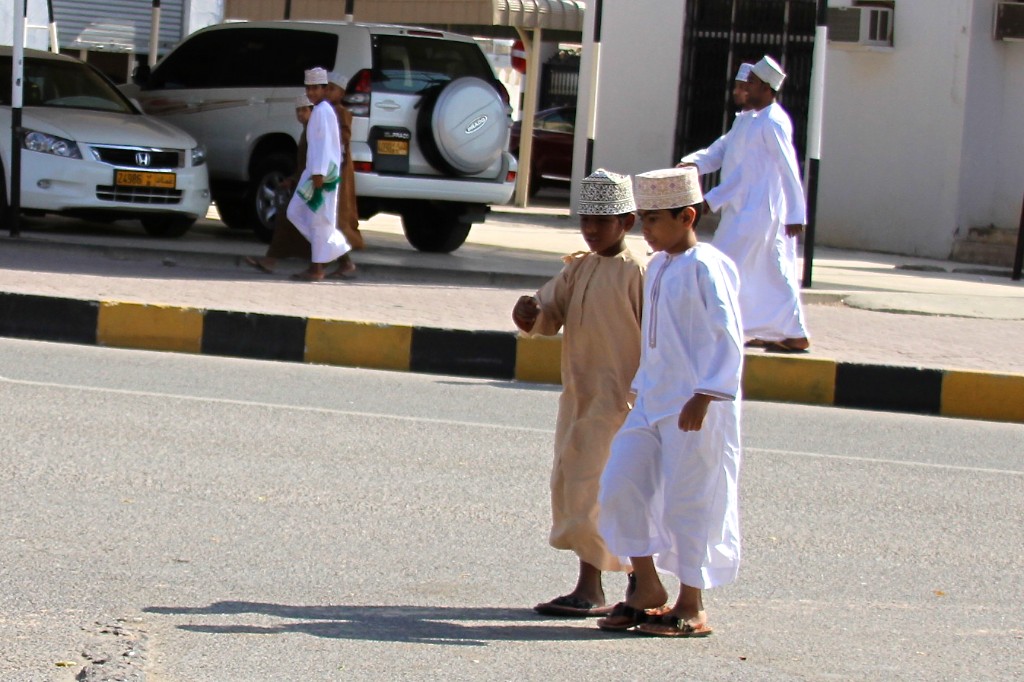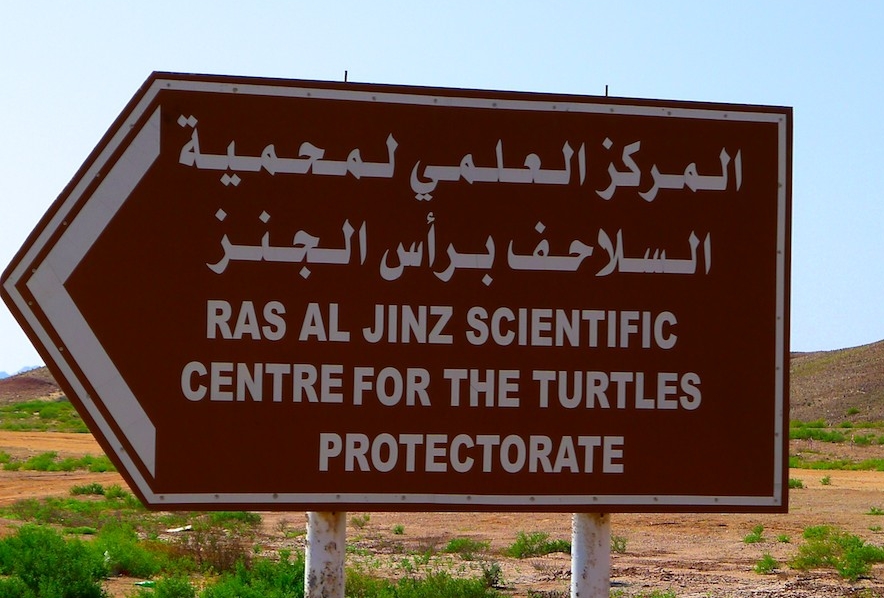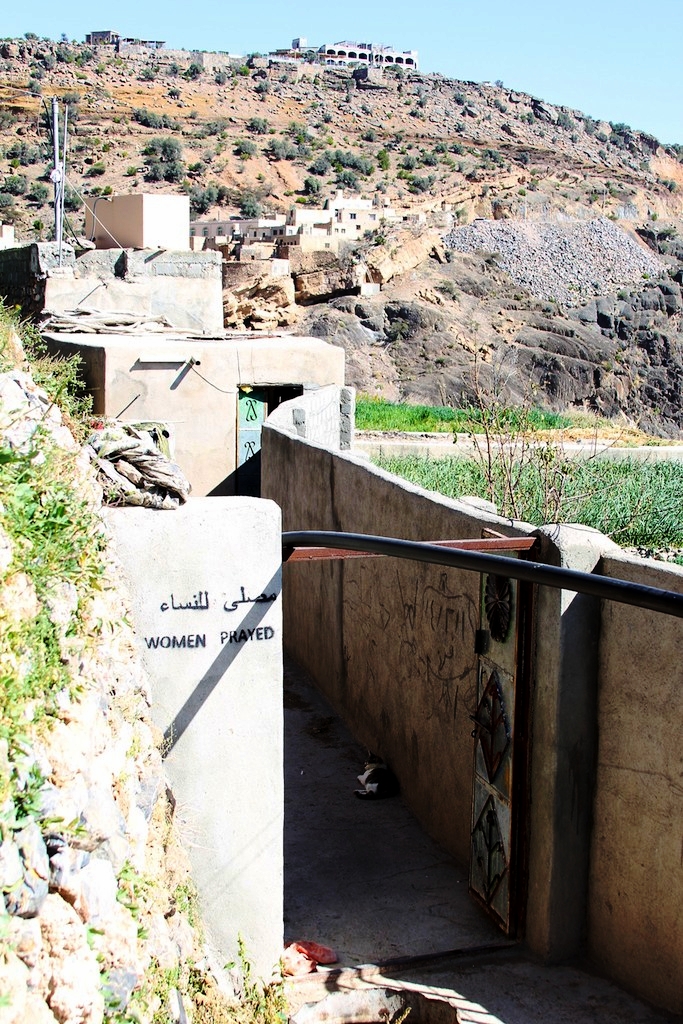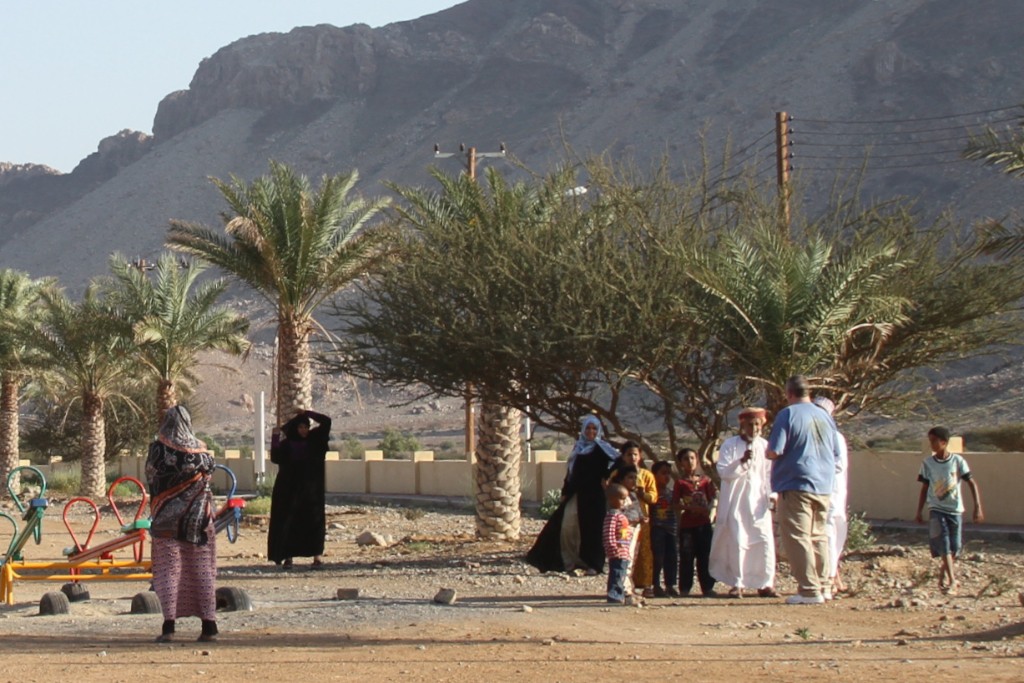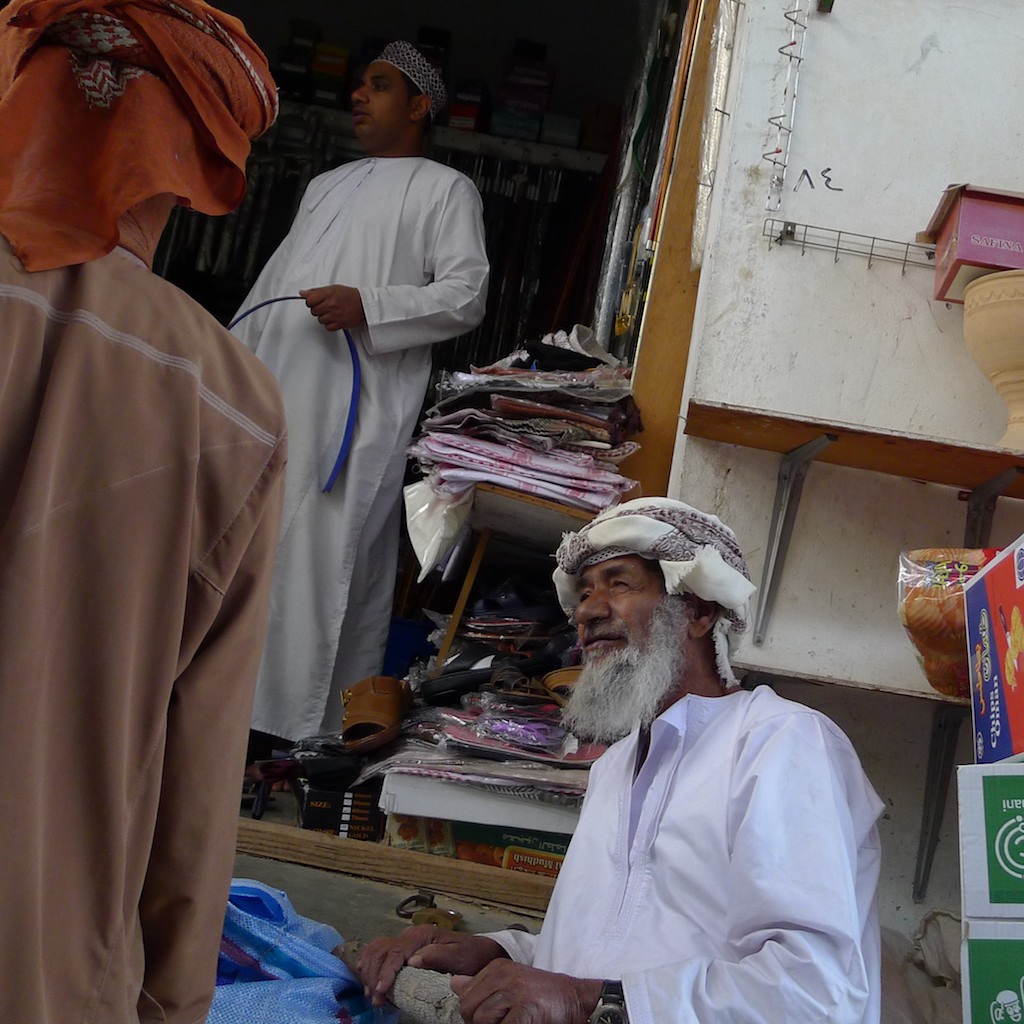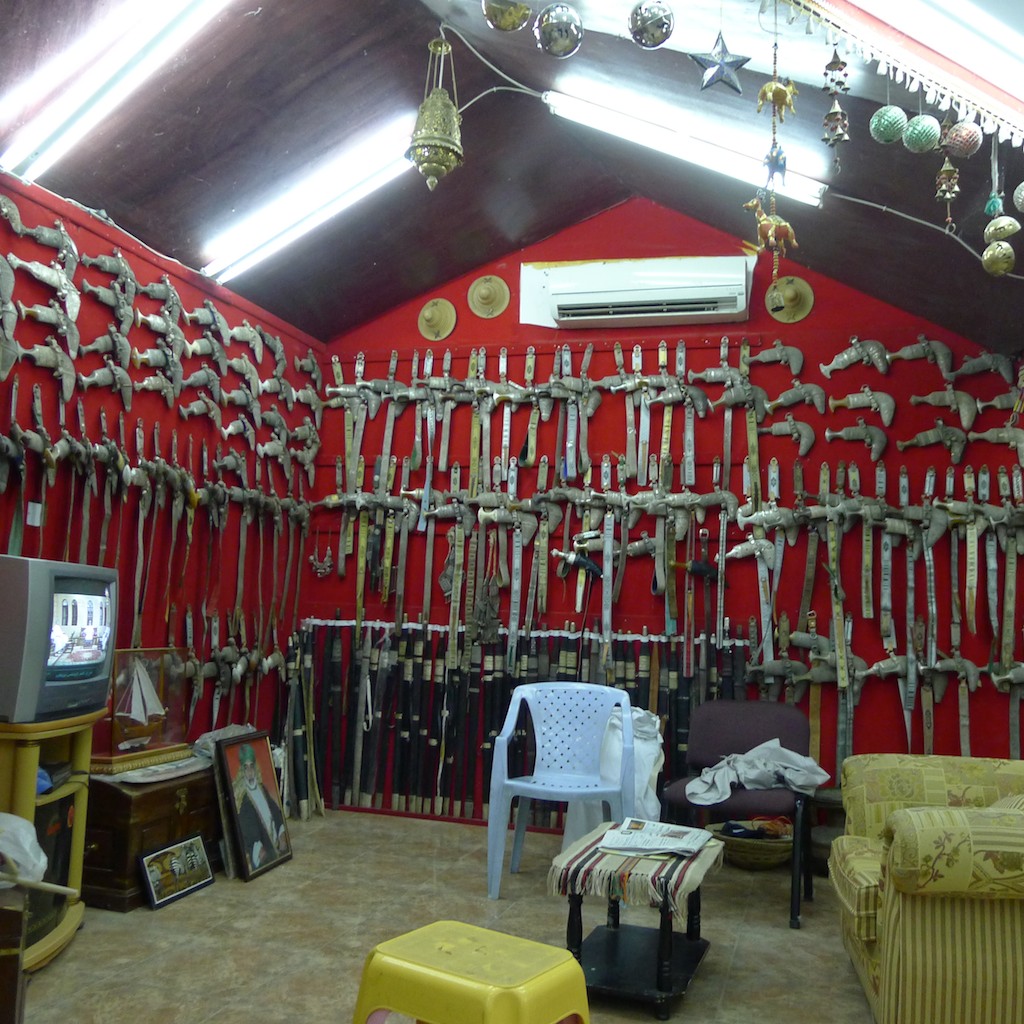Premise:
Think Survivor + Amazing Race + Nanny 911 Teams compete to last for 14 days on “vacation” with their family. Goal? Survival.
Contestants:
Teams of families will be made up of two adults and three kids under three. Kids can be triplets, twins and a sibling, or any other combination as long as they’re all under three years old.
Rules:
- You must fly at least five hours minimum to get to your destination.
- You have to bring everything you’ll need for the babies; water, food for adults and any toddlers will be available.
- Locales will be 1 hour from any inhabited town and unless emergency strikes, you cannot go for resupplies.
- You cannot bring any help, in the form of nannies, relatives, friends, or willing strangers for the duration.
- You will get daily “Life” cards that can either help or hinder you.
- For those who survive, there will be a significant reward at the end.
Pilot:
The pilot episode follows one family who flew from their home in Amman, Jordan to Salalah, Oman for their 14-day vacation. Participants were Mom, Dad, two-and-a-half year old toddler, and seven-month-old twiblings.
DAY 1
Life card: You could only get flights that depart at two in the morning; your toddler’s excited mania reaches new heights before you even board the plane. Toddler refuses to sleep; and decides she hates the seatbelt and physically fights you putting it on. You arrive in Muscat, Oman after a four-hour flight and your double snap-n-go stroller, which you gate checked, has been “helpfully” taken to baggage claim. You lug carry-ons, 25 pounds of twiblings, times two, and one quickly melting down toddler to the baggage carousel area.
Life card: After two flights, and one hour-long bus ride (during which your toddler finally collapses into sleep), you arrive at the hotel – a mere 14 hours after you departed home. Your double adjoining rooms are ready and complete with two pack-n-plays and you quickly unpack the third you brought with you. In addition, you proceed to unpack 350 diapers, 500 wipes, wipe container, a case of formula, two changing pads, a second double stroller, 12 sunhats in varying sizes, laundry detergent, dish detergent, toddler toys, baby toys, water toys, floaties for the toddler, 11 bottles of SPF in varying stages of use, twib 1 clothes, twib 2 clothes, toddler clothes, Mommy and Daddy clothes and seven pairs of shoes. Let the fun begin!
DAY 2
Life card: Toddler has a meltdown when she learns you failed to pack her Pooh reward stickers, and merely brought the ladybugs, cupcakes, cats, Mickey Mouse, Sesame Street, and fruit and vegetable ones.
DAY 3
Life card: Twibling 2 screams for hours at night due to constipation. After a quick online check, you proceed with lots of tummy massage and “bicycling” his legs for the next two hours.
DAY 4
Life card: Toddler regresses to pre-potty-trained days and for the first time in her life, pees randomly on the floor in front of you, adding a new layer of fun and suspense to your days.
DAY 5
Life card: You take toddler to breakfast in her sundress and only notice when Daddy lifts her up to put her in the booster seat that she has no panties on.
Life card: You have lengthy "discussions" with several other vacationing families about babies, twins, and the beauty of Oman; you later ask your husband what language they were speaking and he replies, "I have no idea."
DAY 6
Life card: Sitting at dinner at the hotel in your casual t-shirts and shorts with three kids in varying stages of need, surrounded by folks dressed up in their finest going-out-to-the-theater looks, you have flashes of “Jed and Bertha,” the country cousins visiting the city slickers and being banished to the backyard. On top of that, you haven’t been able to open your brand new deodorant since you arrived.
DAY 7
Life card: Daddy gets a break from kids and gets to take his first scuba diving lesson. First thing he learns, if the water’s cold enough, you’ll lose your wedding band. Lesson learned.
DAY 8
Life card: Congratulations, you all get a break!! Friends arrive to humor and entertain you (but not care for the kids, so don’t try). Thank God for friends!
DAY 9
Life card: Mommy gets a massage at the hotel spa-aaaahh.
Life card: Twibling 1 cuts her second tooth; but you brought pain meds and even found them!
DAY 10
Life card: Toddler refuses to eat any of her normal foods, resorts to white bread, butter, French fries and “pop-pop” (ketchup) for days – kitchen staff notices and by now they just automatically bring her a large bowl of French fries and gobs of pop-pop for dinner (you’re both horrified and grateful at the same time).
DAY 11
Life card: Daddy goes out for second scuba trip while you meet up with friends for breakfast and proceed to hold fussing baby, while rocking stroller with foot to calm second fussing baby, then pass off babies when toddler announces she has to pee (three times). You don’t eat more than a muffin for breakfast.
Life card: On an almost nightly basis, you have been able to get all the kids in bed and asleep by 9pm. You read your first book in over a year.
DAY 12
Life card: Pushing the twibs in their stroller as the sun sets in a beautiful array of colors over the Arabian Sea you hear carried over the quiet dusk, “Jacuzzi! Jacuzzi! Jacuzzi!” Like everyone else, you pretend to ignore it and regret ever showing her the damn thing ten days earlier and just hope that Daddy can get her into the Jacuzzi before the full meltdown occurs.
DAY 13
Life card: You meet up with your friends for all three meals, wearing the same shirt that’s covered in baby spit-up, knowing they won’t point it out nor will they laugh out loud (unless you do first).
Life card: For your last night, you take a break and make a list of things to bring “next time” which includes triple the number of toddler panties, triple the number of onesies, and a whole pile of Pooh stickers.
DAY 14
Life card: You make it to your first flight of the day only to discover that the plane has two seats on either side, leaving you to quickly decide whether the toddler sits next to the nice older Omani gentleman, or you do. Choosing option #3, you whip out your Bjorn, strap it on, and toss in twib2, passing the car seat to the flight attendant for a last-minute gate-check (hoping it’ll be there when you land). Daddy opts to sit next to the toddler, while you get the twibs. Following your friend’s advice, you hand over the remaining reward stickers and tell Daddy to entertain the toddler with them for the flight. Ten minutes later Daddy announces he’s out of stickers and the plane hasn’t even closed its doors. For the rest of the hour-long flight to Muscat, your toddler becomes the kid others speak of in horror; complete with screaming, sobbing, wrestling, begging (on the part of Daddy) and attempted cajoling. For the last 20 minutes, you switch places and are able to quell the tantrums until you land and do your best to avoid eye contact with all the other passengers.
Life card: As a parting gift, your toddler sleeps peacefully on the last flight home, and so does twib1; twib2 does, too (for about 15 minutes).
Reward card: Congratulations! You’ve managed to survive your family vacation and return home with the same number of kids you left with. Your reward? Peace of mind that you can handle this. Happy vacationing!
